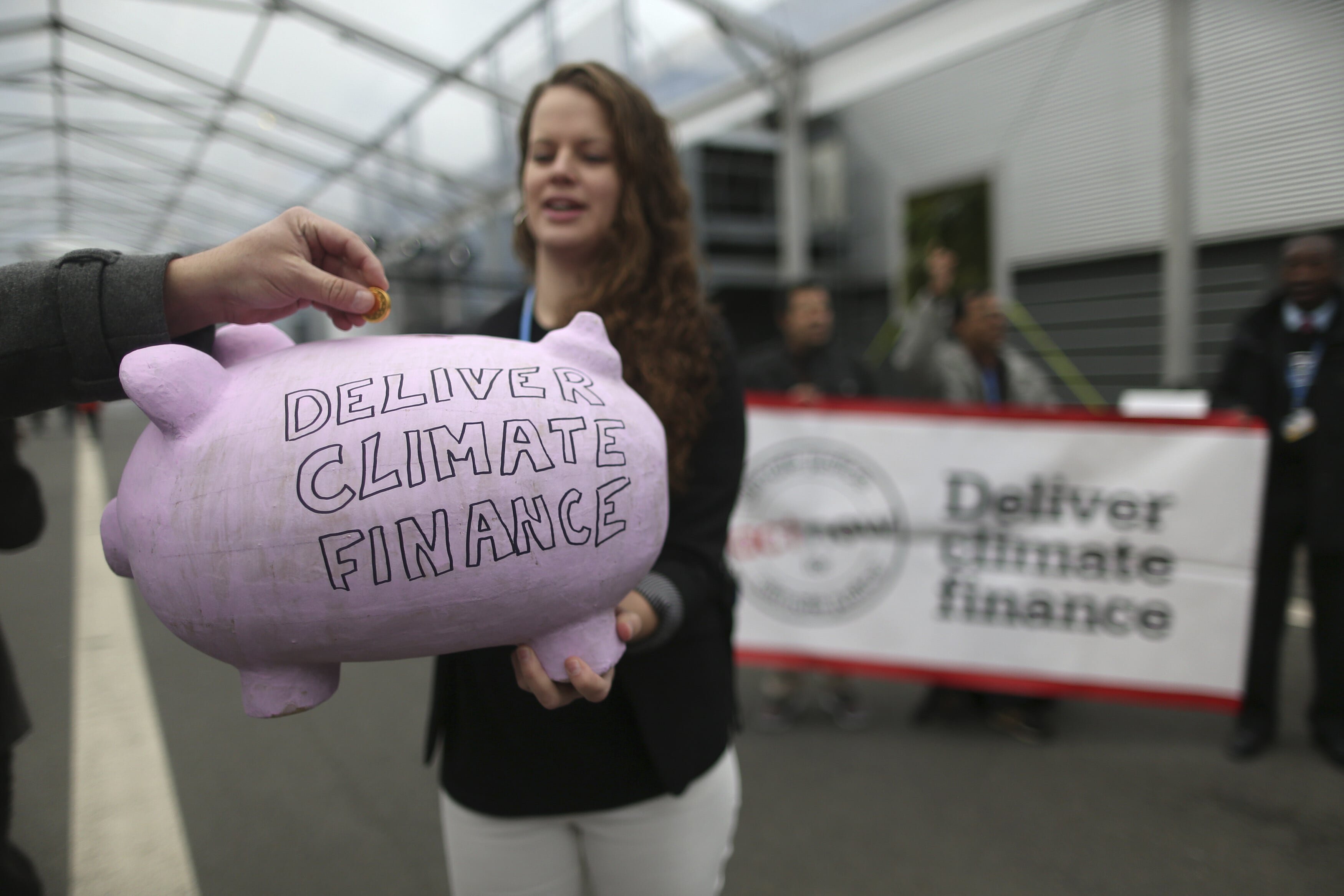Global climate change: How much is the ocean warming by?

The data for ocean warming figures (near-surface temperatures) comes from ships, buoys and satellite measurements.
Image: REUTERS/Natalie Thomas
Stay up to date:
Future of the Environment
- In 2020, global ocean warming temperature was 0.76 degrees Celsius higher than the average temperature for the past one hundred years.
- While the annual divergence fluctuates, with some years hotter and others cooler, there is a definite upward trend, visible in the data.
- Continuing global warming is set to increase the strength, frequency, spatial extent and duration of extreme weather events.
Annual average temperatures of the oceans’ surfaces have been diverging from the 20th century (1900-1999) average more and more since the 1980s. In 2020, global ocean surface temperatures were 0.76 degrees Celsius higher than that century’s average, according to the National Oceanic and Atmospheric Administration (NOAA).
Ocean warming trends
While the annual divergence fluctuates (as some years happen to be hotter and others colder), there is still a definite upwards trend visible in the data. The year with the biggest divergence on record was 2016 when measured ocean temperatures were 0.79 degrees Celsius higher than the stated average.
The global data for near-surface temperatures come from ships, buoys and satellite measurements of the oceans. While fluctuations are a normal phenomenon, an increase in the number of years that are warmer on average is expected due to climate change, which is the increase of global average and mean land and ocean warming temperatures. According to scientific findings, continuing global warming will lead to changes in the strength, frequency, spatial extent and duration of extreme weather events.
Accept our marketing cookies to access this content.
These cookies are currently disabled in your browser.
Don't miss any update on this topic
Create a free account and access your personalized content collection with our latest publications and analyses.
License and Republishing
World Economic Forum articles may be republished in accordance with the Creative Commons Attribution-NonCommercial-NoDerivatives 4.0 International Public License, and in accordance with our Terms of Use.
The views expressed in this article are those of the author alone and not the World Economic Forum.
Related topics:
Forum Stories newsletter
Bringing you weekly curated insights and analysis on the global issues that matter.
More on Climate ActionSee all
Tom Crowfoot
July 30, 2025
Tom Crowfoot
July 30, 2025
Wee Kean Fong and Yvonne Zhou
July 29, 2025
Pranidhi Sawhney and Adam Skali
July 29, 2025
David Carlin and Sourajit Aiyer
July 28, 2025
Nasim Pour, Sebastien Cross and Joel Gould
July 28, 2025






